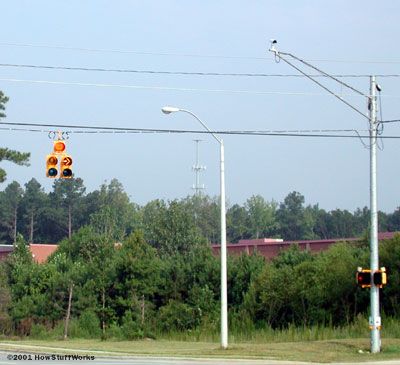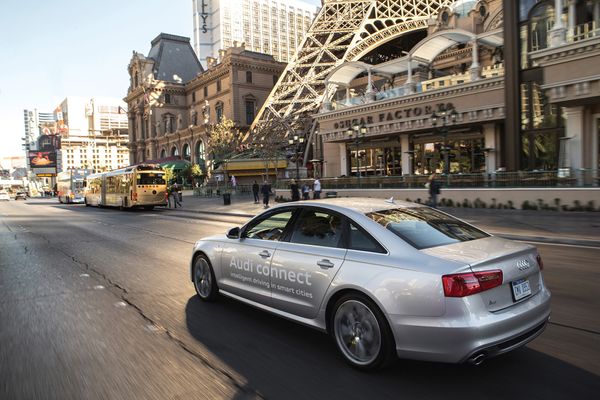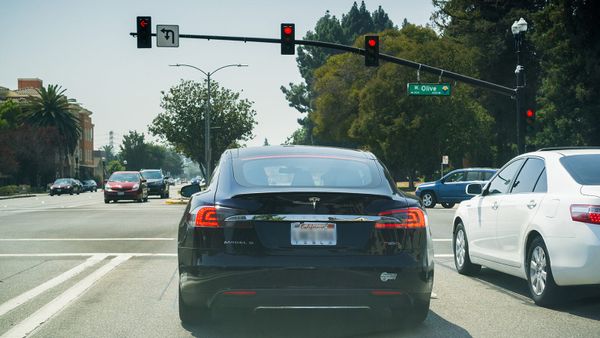
In 2013, Los Angeles completed a 30-year, $400 million project to synchronize 4,500 traffic lights across the city's 469 square miles (1,215 square kilometers). By deploying a vast network of magnetic sensors installed under roadways plus hundreds of cameras, the city could now capture real-time traffic data using a centralized computer system to synchronize green lights in order to reduce LA's notorious congestion and rush-hour gridlock.
Soon after the Los Angeles system was completed, city engineers cheerfully reported that the average speed of traffic was up 16 percent, and that the time it took to drive 5 miles (8 kilometers) on LA city streets was down from 20 minutes to 17.2 minutes. And yet, in 2018 LA still held the No. 1 spot for most traffic-congested city in the U.S.
Advertisement
So why didn't syncing the lights make more of a dent in the congestion problem? Tim Lomax is a research fellow with the Texas A&M Transportation Institute and a 35-year veteran of traffic analysis. He says that adaptive traffic signals are absolutely a good thing, but they are not the quick-fix panacea that frustrated commuters believe them to be.
Synced traffic signals work best when there is a clear and predictable flow of traffic in one direction, explains Lomax. Think of the traditional commuter scenario in which traffic flows primarily from the suburbs into the city center in the morning, and reverses course in the evening.
"If you tell me that's the pattern of traffic flow, I can design a pretty well-functioning traffic signal system," says Lomax, because it's clear which side of the road should get longer green lights, and those lights can be timed with the flow of traffic to keep cars moving. The problem is that traffic patterns in the biggest U.S. cities aren't so cut and dried.
"If you look at the economic landscape now, there are jobs and populations spread all over most metropolitan areas, and the highest volume of commuting could be from one suburb to another suburb," says Lomax. "All of your critical bottleneck intersections have heavy traffic coming at them in both directions."
Advertisement


